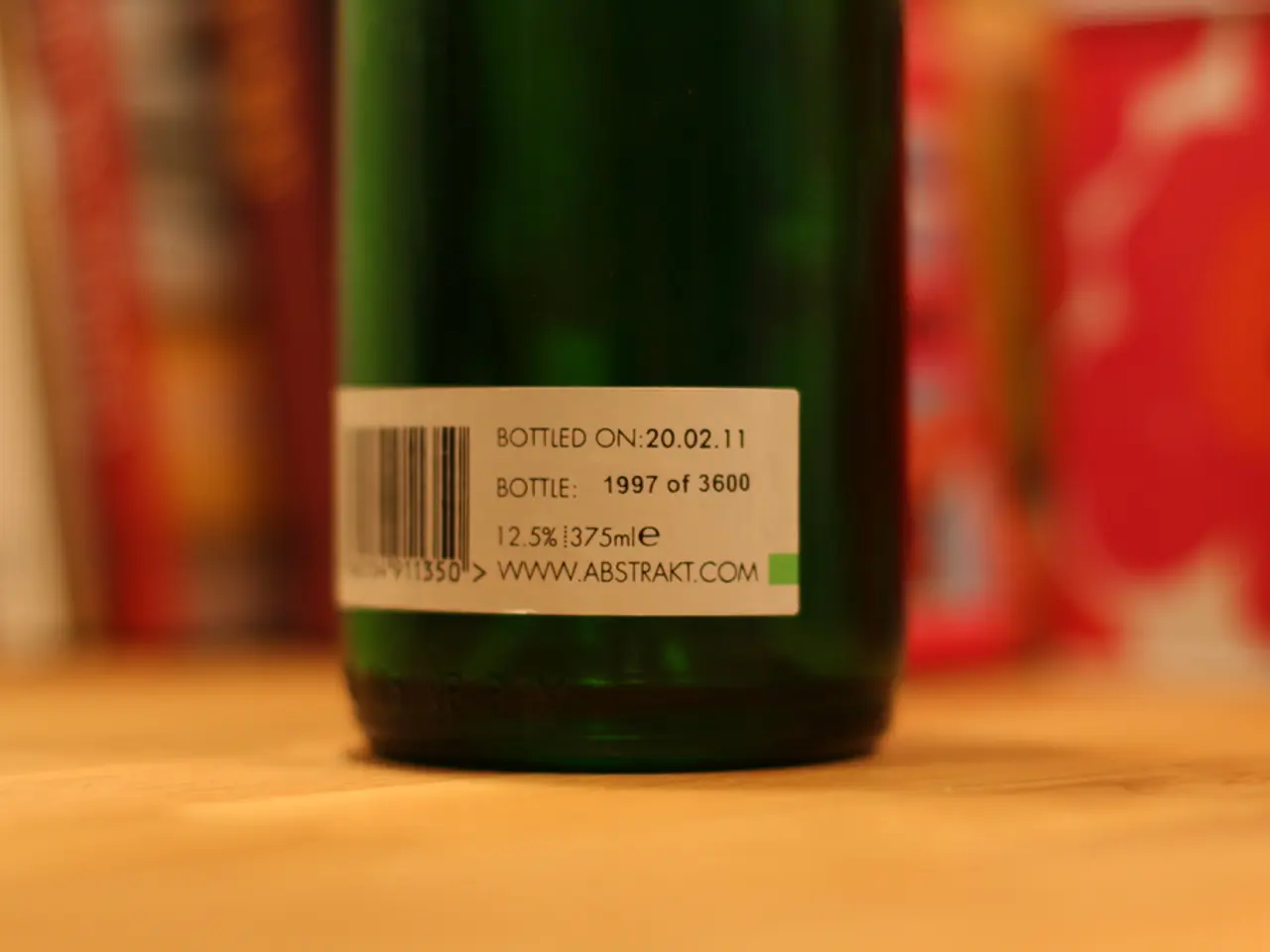After a decade, pharmaceutical companies continue to examine dubious alkyl sulfonate ester impurities in their medications
In the realm of pharmaceutical manufacturing, a long-standing requirement for testing drugs containing sulfonate salts for alkyl sulfonate esters has been a topic of debate. This requirement, enforced by the European and British Pharmacopoeia, is not shared by major standards bodies such as those in the US and Japan.
The scientific basis for this testing stems from the potential mutagenic properties of alkyl sulfonate esters, which could react with DNA and potentially cause cancer. However, recent research suggests that the current regulatory concerns may be excessively cautious and not fully justified by the actual formation risks.
A detailed study published recently shows that sulfonate esters cannot form in trace amounts if any acid present is neutralized with even a slight excess of base. The rates of sulfonate ester formation depend on specific chemical conditions, primarily the presence of sulfonate anion and protonated alcohol. Weaker acids do not catalyze formation effectively, even when sulfonate anions are abundant.
These findings imply that the current high regulatory concern and routine testing for alkyl sulfonate esters in sulfonate salt active pharmaceutical ingredients (APIs) may be overly conservative. The study concludes that sulfonate salts should not be avoided as API forms due to fears of ester contamination.
Despite this, the pharmaceutical industry continues to test for these contaminants, reflecting a cautious risk management approach by regulatory agencies and companies. This practice has been in place for over a decade, with experts viewing it as potentially resource-draining but necessary due to the possible health risks these esters pose if present at significant levels.
The necessity of this testing was first highlighted by David Snodin, a UK pharmacotoxicology consultant, who pointed out a side-reaction that could occur during the synthesis of sulfonate salts using an alcohol solvent to produce alkyl-sulfonate impurities. Snodin maintains that this type of contamination is not possible under standard good manufacturing practice conditions.
In 2007, a notable incident occurred when several batches of the HIV drug Viracept (nelfinavir), developed by Roche, were contaminated with high levels of ethyl methanesulfonate. This contamination was explained by a cleaning error, but it was used by regulatory bodies as further evidence that testing for alkyl sulfonate esters is needed.
However, Raphael Nudelman, a pharmaceutical chemical toxicology consultant based in Israel, agrees that the contamination is extremely unlikely under standard good manufacturing practice conditions. Nudelman adds that safety regulations should be based on rigorous scientific evidence.
The future of testing for alkyl sulfonate esters in drugs remains uncertain. While the European Pharmacopoeia introduced a requirement in 2004, the European Medicines Agency (EMA) has not discussed this topic in its annual "interested parties" meetings for the past 10 years.
In conclusion, while the scientific rationale for concern about alkyl sulfonate esters stems from their mutagenic potential, emerging scientific evidence indicates that their formation under pharmaceutical manufacturing conditions is implausible or negligible if proper acid-base control is maintained. Therefore, some experts view current testing practices as excessively cautious and potentially resource-draining, but regulatory caution remains due to the possible health risks these esters pose if present at significant levels.
- The pharmaceutical industry, adhering to a cautious risk management approach, continues to test for alkyl sulfonate esters in drugs, despite emerging evidence suggesting that the formation of these esters under proper acid-base control conditions is implausible or negligible.
- In light of recent research and studies, the ongoing health-and-wellness concern about alkyl sulfonate esters in the environment could be overstated, as their formation under standard good manufacturing practice conditions may be highly unlikely or insignificant, yet the European Medicines Agency (EMA) has not yet re-evaluated this regulation in its discussions.




